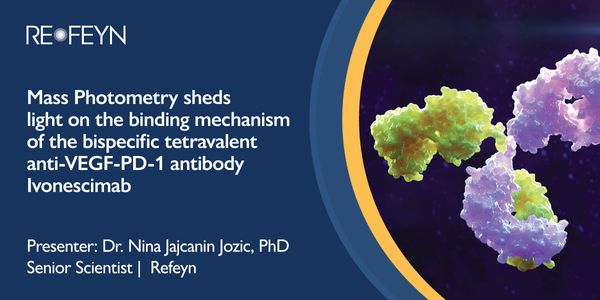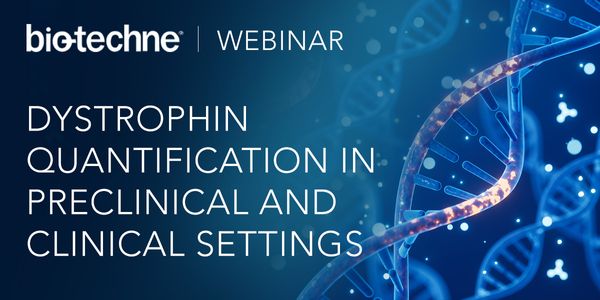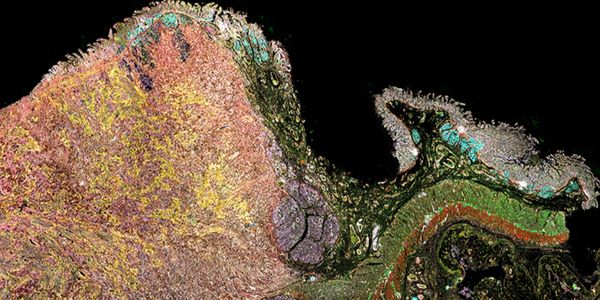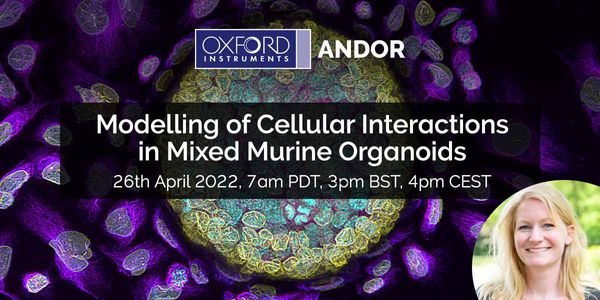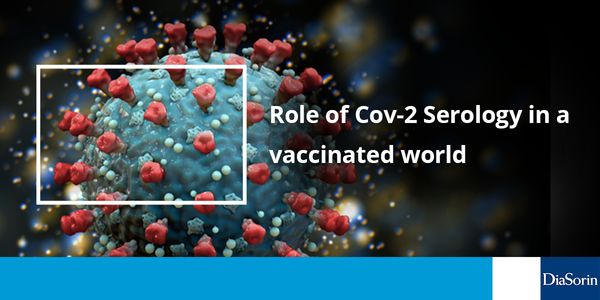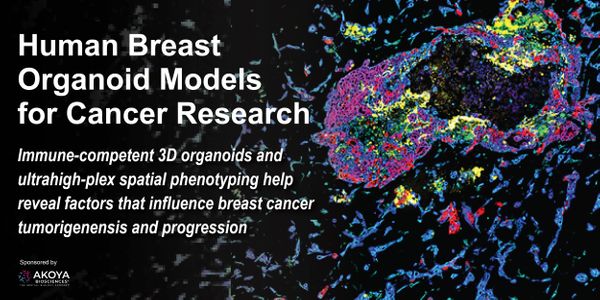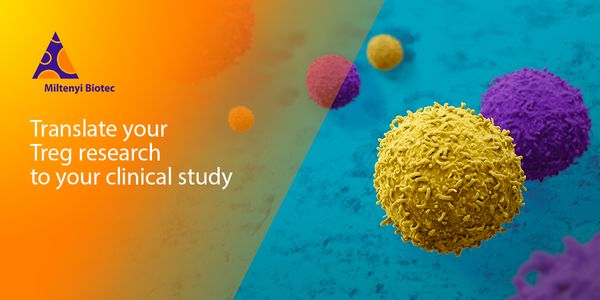Cell Death
Cell death terminates normal cellular functions, including respiration, metabolism, growth and proliferation. Cell death can be non-programmed, for example as the result of accidental injury or trauma, or programmed. Types of programmed cell death include anoikis, apoptosis, autophagy, necrosis, necroptosis and pyroptosis.
-
SEP 17, 2025 | 8:00 AMIvonescimab is a that simultaneously targets programmed cell death protein 1 (PD-1) and vascular endothelial growth factor (VEGF), two key molecules in the tumour microenvironment. It's...In light of the numerous US FDA-approved humanized monoclonal antibodies (mAbs) for cancer immunotherapy, it is surprising that the advancement of B-cell epitope vaccines designed to elicit...Speaker: Pravin T.P. Kaumaya, PhD
NOV 07, 2023 | 10:00 AM
In the last 5 years, the US Food and Drug Administration has approved 4 anti-CD19 chimeric antigen receptor T cell (CART19) products for relapsed/refractory B cell lymphomas and leukemia. Ho...
The arenaviruses are an important group of pathogens that includes several agents of severe human disease, with symptoms that include hemorrhagic fever and neurological complications; howeve...
JUL 20, 2023 | 8:00 AM
Single-cell ATAC-seq (Assay for Transposase-Accessible Chromatin using sequencing, scATAC-seq) is a relatively new and powerful technique that allows researchers to identify open chromatin r...
Worldwide gastric cancer is the 5th most common cancer and the 4th leading cause of cancer deaths. Its highest incidence rates are in east Asia and eastern Europe with low incidence rates in...
Lung cancer is still responsible for most cancer-related deaths for both genders in the United States. Traditionally, diagnosis and management of patients has been based on tissue biopsy to...
JUN 27, 2023 | 11:00 AM
Cancer is a leading cause of death worldwide, accounting for nearly 10 million deaths in 2020, or nearly one in six deaths, according to the World Health Organization. Many cancers can be cu...
APR 25, 2023 | 10:00 AM
Date: April 25, 2023 Time: 10:00am (PDT), 1:00pm (EDT), 7:00pm (CEST) The presynaptic protein alpha-synuclein (α-syn) is associated with Parkinson’s disease and Lewy body dementi...
APR 11, 2023 | 8:00 AM
Date: April 11, 2023 Time: 8:00am (PDT), 11:00am (EDT), 5:00pm (CEST) Duchenne muscular dystrophy is caused by mutations in the dystrophin encoding DMD gene that disrupt the reading frame. M...
OCT 05, 2022 | 7:00 AM
Date: October 05, 2022 Time: 7:00am (PDT), 10:00am (EDT), 4:00pm (CEST) Cancer is a complex disease at the level of both cells and tissues, and uncovering novel treatments requires understan...
SEP 27, 2022 | 10:00 AM
Date: September 27, 2022 Time: 10:00am (PDT), 1:00pm (EDT), 7:00pm (CEST) Alzheimer’s disease is the most common cause of dementia and the seventh leading cause of death in the United...
SEP 14, 2022 | 8:00 AM
Date: September 14, 2022 Time: 8:00am (PDT), 11:00am (EDT), 5:00pm (CEST) In this session, the benefits of combining in-line high speed imaging with flow cytometry will be explored. Acoustic...
JUN 22, 2022 | 10:00 AM
Date: June 22, 2022 Time: 10:00am (PDT), 1:00pm (EDT), 7:00pm (CEST) Rabbits have a robust and unique immune system that enables the generated antibodies with superior specificity, affinity,...
JUN 16, 2022 | 8:00 AM
Date: June 16, 2022 Time: 8:00am (PDT), 11:00pm (EDT), 5:00pm (CEST) Many researchers combine electrophysiological recordings with imaging applications, where a light source with high light...
MAY 31, 2022 | 9:00 AM
Date: May 31, 2022 Time: 9:00am (PDT), 12:00pm (EDT), 6:00pm (CEST) Introducing Nanostring’s latest spatial platform, CosMx Spatial Molecular Imager (SMI). Offering high-plex, multiomi...
MAY 19, 2022 | 8:00 AM
Date: May 19, 2022 Time: 8:00am (PDT), 11:00pm (EDT), 5:00pm (CEST) Mass spectrometry (MS)-based proteomic technologies are increasingly applied in a clinical context for disease classific...
Neurological manifestations, including headache, altered mental status, and stroke, are a major complication of severe acute respiratory syndrome coronavirus-2 (SARS-CoV-2) infection and cor...
APR 26, 2022 | 7:00 AM
Date: April 26, 2022 Time: 7:00am (PDT), 10:00am (EDT), 4:00pm (CET) Cell competition is a mechanism of interaction that dictates cell selection based on differences in cellular fitness. We...
Alzheimer’s and Parkinson’s diseases (AD, PD) are the two most common neurodegenerative disorders. Despite their debilitating effects and increasing prevalence in our society, no...
MAR 08, 2022 | 9:00 AM
Date: March 08, 2022 Time: 9:00am (PST), 12:00pm (EST), 6:00pm (CEST) SARS-CoV-2 causes COVID-19, a potentially lethal viral infection that can cause sever...
Cancer still accounts for nearly 1 in every 4 deaths worldwide. New immunotherapies have the power to induce durable responses in patients with fatal cancers, but only a small percentage of...
Speaker:
Hans-Dieter Zucht, PhD
Presented at: Drug Discovery & Development Virtual Event Series 2022
Sponsored By: Luminex - A DiaSorin Company
Sponsored By: Luminex - A DiaSorin Company
DEC 08, 2021 | 11:00 AM
Date: December 8, 2021 Time: 11:00am (PST), 2:00pam (EST) Breast cancer is the most common type of cancer and the leading cause of cancer deaths for women. Despite considerable ongoing resea...
NOV 16, 2021 | 8:00 AM
Date: November 16, 2021 Time: 8:00am (PDT), 11:00am (EDT) The unique suppressive function of regulatory T cells (Treg cells) makes them an interesting target cell population to study. In rec...

